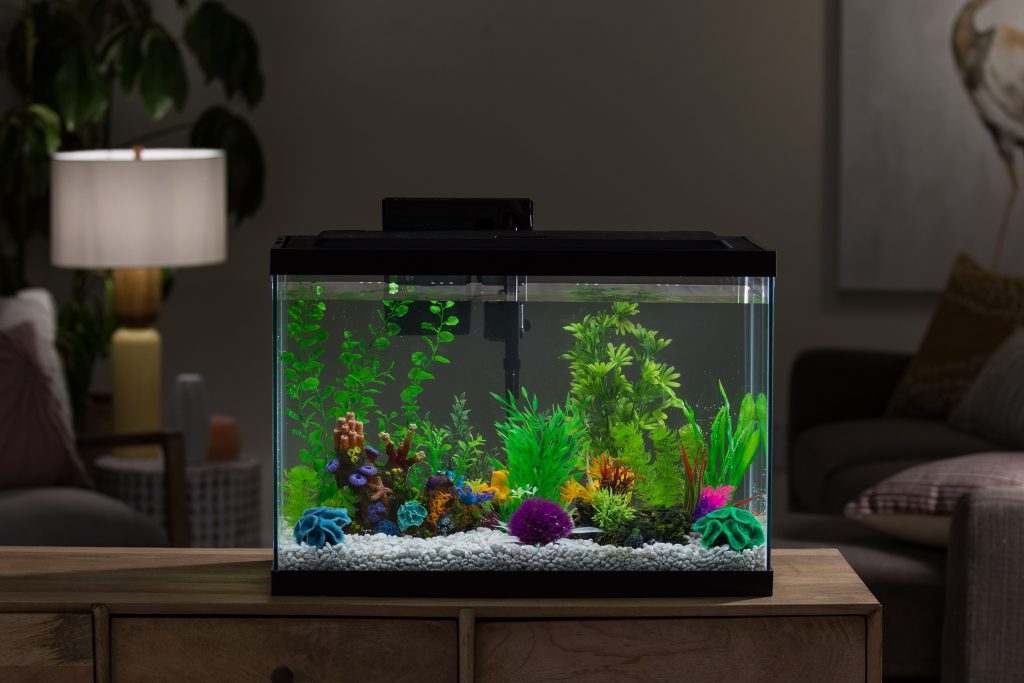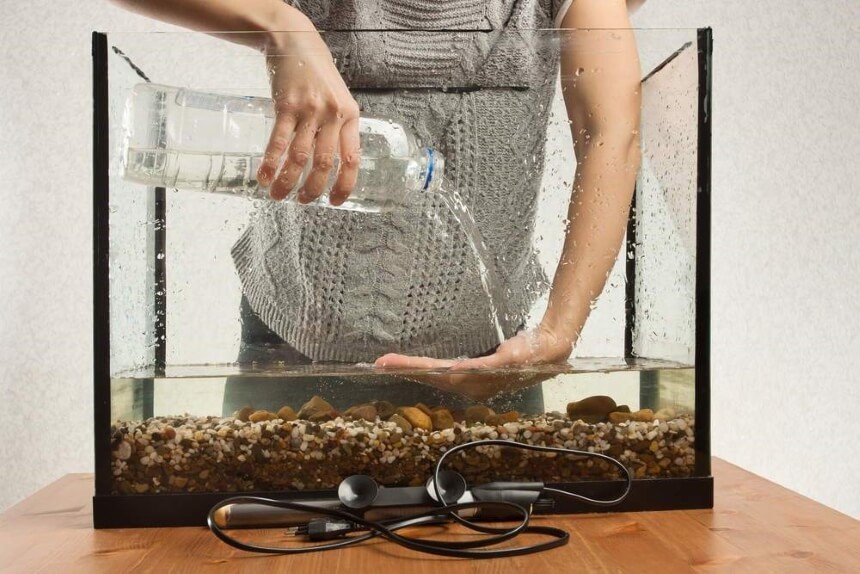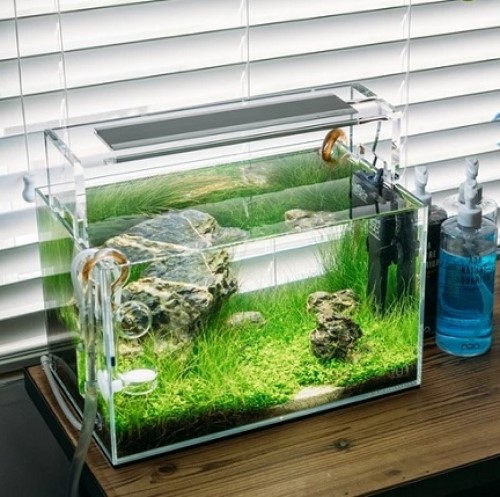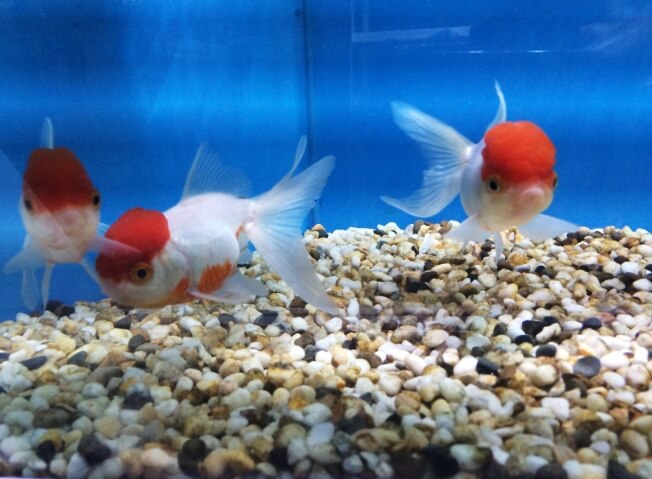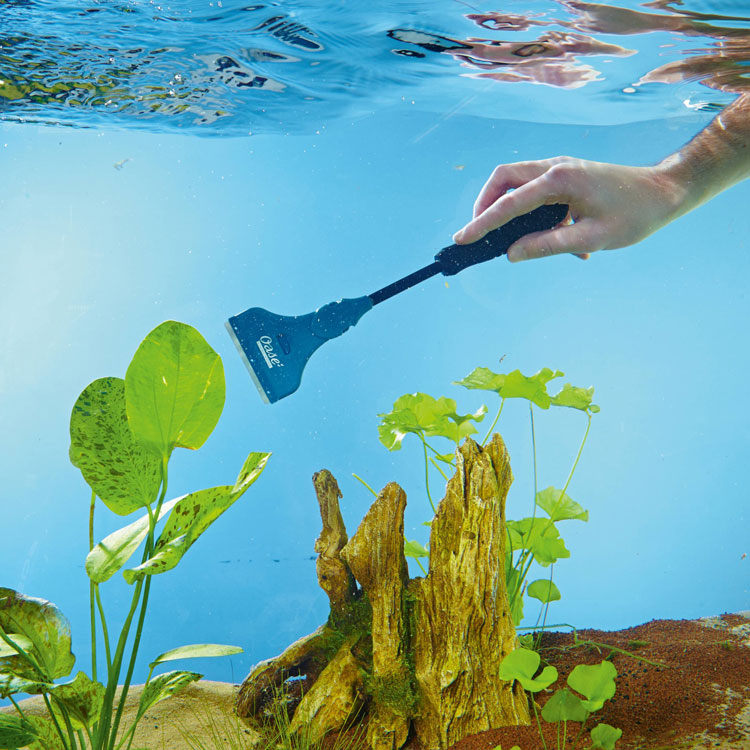

Since fish do not generate body heat on their own, they need a little help to keep up their body temperatures in the optimum range. That can become a problem when you have a faulty heater, power outage, or simply can’t afford an elaborate aquarium heater. This is where it pays to learn how to keep a fish tank warm without a heater.
Temperature is a crucial factor that determines the health of your fish. It controls all kinds of essential things like oxygen and ammonia concentration, fish metabolism and immune function, and even bacteria or algae population in the tank.
Most fish prefer a water temperature between 65F and 85F Trusted Source NMSU: Important Water Quality Parameters in Aquaponics Systems Because aquaponics combines plants with animal production, it has a special set of water chemistry requirements, and optimal water quality is essential to a healthy, balanced, functioning system. This guide describes the most important water quality parameters that affect the health and productivity of aquaponics systems. aces.nmsu.edu depending on the species, so aquarium heaters are necessary to help maintain a narrow temperature range. However, lots of aquarium fish species such as goldfish and betta are quite hardy and can live in a range of water temperatures. This begs the question, do you even need an aquarium water heater in the first place?
Not exactly. An aquarium heater is essential if you live in a very cold climate or if you keep tropical fish species. However, coldwater fish such as goldfish, koi, pearl danio, or rosy barb can tolerate temperatures below 70F/210C, so you want not want a heater if you live in a warm climate.
In this case, the important thing to remember is that the temperature needs to remain fairly constant night and day, through the year. Large temperature fluctuations greater than 5F or so are even more catastrophic for fish than consistently cold or warm water.
Unless you’re absolutely sure that your fish can do without a heater, it is highly recommended that you have one for your aquarium even if you don’t expect to use it all that much.
Practically speaking, a submersible aquarium heater such as the Orlushy Submersible aquarium heater is very affordable and barely adds to your monthly power bill, yet it could be the difference between life and death for your fish. The Orlushy comes highly recommended because of its thick quartz cylinder, which makes it more durable and safer than most models.
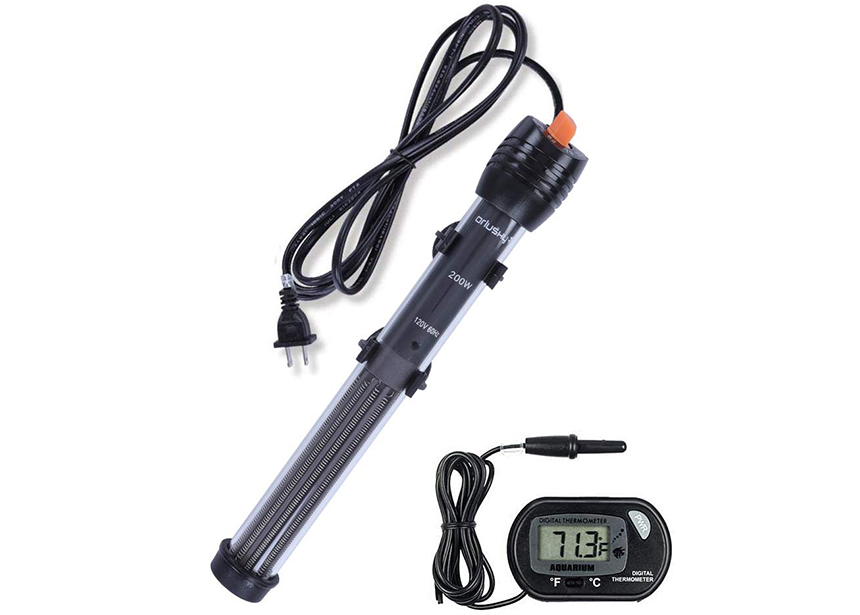
Even when you have already installed an aquarium heater, the unit can give up on you at the worst of times. Sometimes, the heater fails catastrophically and can harm or even kill your fish in the process. This usually happens if the waterproof insulation fails and water gets into contact with electricity.
A more likely problem, however, is that some part of the aquarium heater is no longer working. You can follow these steps to ascertain whether your fish tank heater is still serviceable.
There are many reasons why your aquarium heater could fail including a blown fuse, damaged thermostat, corrosion, among others. Before you figure out how to repair or replace it, you need to keep the water in your fish tank warm.
Whether you’re looking for a temporary solution or you genuinely want an alternative method to help heat your fish tank without using a heater, there are several options available to you. These mostly involve heat conservation and alternative methods of heating the aquarium water.
There are several advantages to using a smaller aquarium as far as heating is concerned. The smaller volume of water involved is easier to heat up, so you can place the aquarium in a warmer part of the room to maintain its temperature. It is also easier to move around, insulate, or heat up with an emergency heater as described later in this article.
While a large aquarium is better at maintaining a constant temperature level, it will lose a greater amount of heat and take much more effort to warm up than a smaller one. Thus, you should stick to a smaller aquarium such as these 20-gallon tanks if you’re planning on using alternative methods of keeping the water warm.
If your house is kept consistently warm enough, a smaller aquarium won’t even need a heater because it will be able to absorb heat from the surroundings and stay at that temperature.
Talking of room temperature, you can eliminate the need for an aquarium heater by keeping the room where the aquarium is at a consistently warm temperature. This could be expensive if that’s a separate room just for the fish, but it won’t matter much if it’s a room that you have already heated such as the living room.
If you have a number of fish tanks all in the same room, it might actually make sense to warm the room instead of dealing with each aquarium individually. Maintaining a room temperature of about 75-78F or higher should be enough for most cold-water fish.
A fish tank covered in fiberglass, foam, or paper doesn’t look very attractive, but it could be an important stop-gap measure to stop heat loss from the aquarium until a solution can be found.
If you have suddenly lost power or your aquarium heater is not working, you can insulate the fish tank easily to minimize heat loss and extend the time you have to figure out a solution.
You can also use these methods to insulate your fish tank for winter and reduce your energy bills, especially if you have multiple tanks.
If you have your fish tank in a cold, unheated place such as the basement or garage, the first step should be to move it into a warmer room. Some places such as the kitchen or bedroom will be much warmer and better-suited for your fish.
You can position the aquarium next to a radiant heater such as the fireplace or radiator, but this should be done very carefully to avoid overheating or damaging the aquarium. You can also expose the fish tank to sunlight, but this should only be a temporary measure. The leat from the sun can overheat the water and cause an explosion of algae which could prove very difficult to control.
You can use hot water to heat up an aquarium, but not directly. Adding boiling water directly into the aquarium could be a death sentence for your fish, so instead, you should use a water bottle.
A hot water bottle is an indirect method where you can fill the bottle with warm or hot water and then place it inside the fish tank. The heat will seep outwards into the cold water and warm it up safely and gradually.
You can create a homemade hot water container using plastic paper or a bottle, putting the warm water in it, then tying it off and submerging it into the water. This is one of the best methods how to keep a fish tank warm in a cold room.
Also called an under-tank heater, heating pad, or heating mat, a heating pad is a type of heating device you can use for temporary heating of your aquarium. You simply place your (small) aquarium on top of the pad, plug it in, and it will heat up the bottom of the tank evenly.
However, this should only be a short-term measure. Heating pads are usually unregulated and can cause your aquarium temperature to exceed the recommended levels. The heat can also cause the tank to crack, or the tank itself can damage the heating pad.
If you’re aware of the dangers, a heating pad could be a good way to temporarily keep a tropical fish tank warm without a heater.
If you already have a heating pad at home, this method could be a lifesaver. A heating pad such as this King Size XXXL heating pad is great because it comes with an auto shut-off feature, heats up in seconds, and you can use it for your own heat massage when you’re not warming up your fish tank with it.
Using just a few household supplies, you can craft an emergency heater for your aquarium. You will need some candles/candle wax, a wick, and a tall glass jar.
This method is especially useful if you need to heat an aquarium without a heater when there is no power. It carries some risk, but it is also quite effective and takes less effort.
You can tell how cumbersome it is to heat a fish tank without using a heater. In situations where you need to keep a fish tank warm, an electric heater is the most effective, affordable, and efficient way to maintain the narrow temperature range aquarium fish need to live comfortably.
However, emergency situations can arise when you need to learn how to keep a fish tank warm without a heater. Whether it’s a power outage or a faulty heater, these tips should keep your fish alive until things get back to normal.

